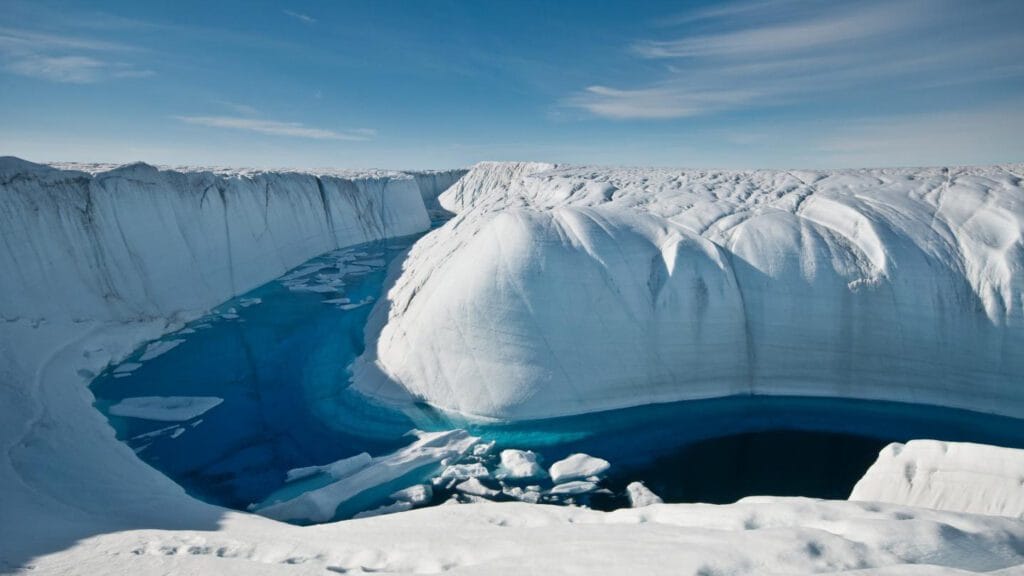The decline of glaciers is accelerating on a global scale, scientists warned in a new study that cites the Alps and the Pyrenees as the most affected areas.
According to this international study, the findings of which were published Wednesday in the specialized journal Nature, since the year 2000, the world’s glaciers have lost 5% of their initial volume, and 273 billion tons of ice disappear each year, “equivalent to 3 Olympic swimming pools per second.”
The scientists, who also observed a record loss of glacial mass in 2022 and 2023, reveal that the Alps and the Pyrenees have lost about 40% of their volume in less than a quarter of a century, making them the regions of the globe with the highest relative loss of ice, according to a statement from the French National Center for Scientific Research (CNRS) summarizing the results of their work.
Conducted by the international consortium Glambie, composed of 35 research teams including scientists from the CNRS, this unprecedented study analyzes the global evolution of glaciers (excluding the polar ice caps in Antarctica and Greenland) over the period 2000-2023, based for the first time on a combination of different field measurement methods and satellite observations.
According to the French research center, the diversity and complementarity of the methods used “are sources of particularly reliable data, allowing scientists to now conduct increased and more regular monitoring of glacier melting.”
It also added that these updated results will inform the next report of the Intergovernmental Panel on Climate Change (IPCC), scheduled for 2029.


